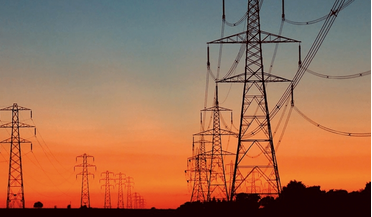 August 2019
Lessons from the Sun
August 2019
Lessons from the Sun
...The features move from left to right as the Sun rotates. Solar cannonballs Forecasters, seeing the classic ...a number of areas: better monitoring of space weather at the Sun and near Earth advancing models that support exploration of the full range...
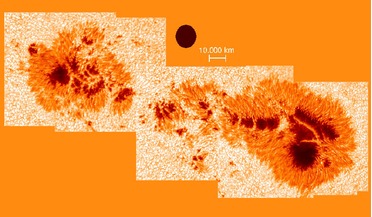 02 December 2016
GREGOR helps scientists take a closer look at the Sun
02 December 2016
GREGOR helps scientists take a closer look at the Sun
... known to display significantly enhanced chromospheric brightness and activity and whether this activity reaches as far as the Sun’s outermost atmospheric layer, the corona, is a question answer many solar-scientists would like to see answered. For...
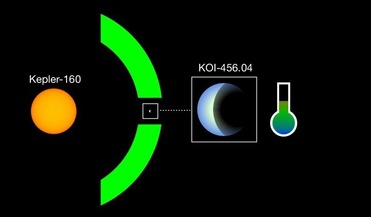 05 June 2020
Exciting exoplanet find around sun-like star
05 June 2020
Exciting exoplanet find around sun-like star
... a system that is the mirror image of our own Sun-Earth system. Of the 4200+ exoplanets discovered in the last... they emit mostly infrared light rather than visible light (like the Sun), for a planet to be considered habitable by human standards, it...
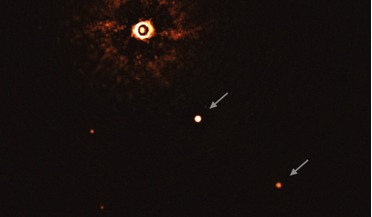 22 July 2020
Astronomers capture the first ever image of a multi-planet system around a Sun-like star
22 July 2020
Astronomers capture the first ever image of a multi-planet system around a Sun-like star
... has taken the first ever image of a young, Sun-like star accompanied by two giant exoplanets. Images of systems ...Fly). Bohn describes it as a “very young version of our own Sun.” These images were possible thanks to the high performance of the SPHERE ...
 25 November 2020
Solar astronomers "listening" to the Sun can now predict future sunspots
25 November 2020
Solar astronomers "listening" to the Sun can now predict future sunspots
... to be visible on Earth. The technique is very advantageous as it can give up to five days lead time on the presence of active sun spots – a warning that is extremely valuable to our technology-heavy society, says Pevtsov. Active sunspots are often...
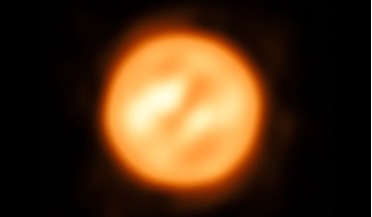 25 August 2017
Most detailed image ever of a star other than our Sun
25 August 2017
Most detailed image ever of a star other than our Sun
...map of the atmosphere of a star other than the sun. It was found that turbulent, low-density gas was ...and atmospheres in unprecedented detail. This has been limited to just the Sun up to now,” concludes Ohnaka. “Our work brings stellar astrophysics to...